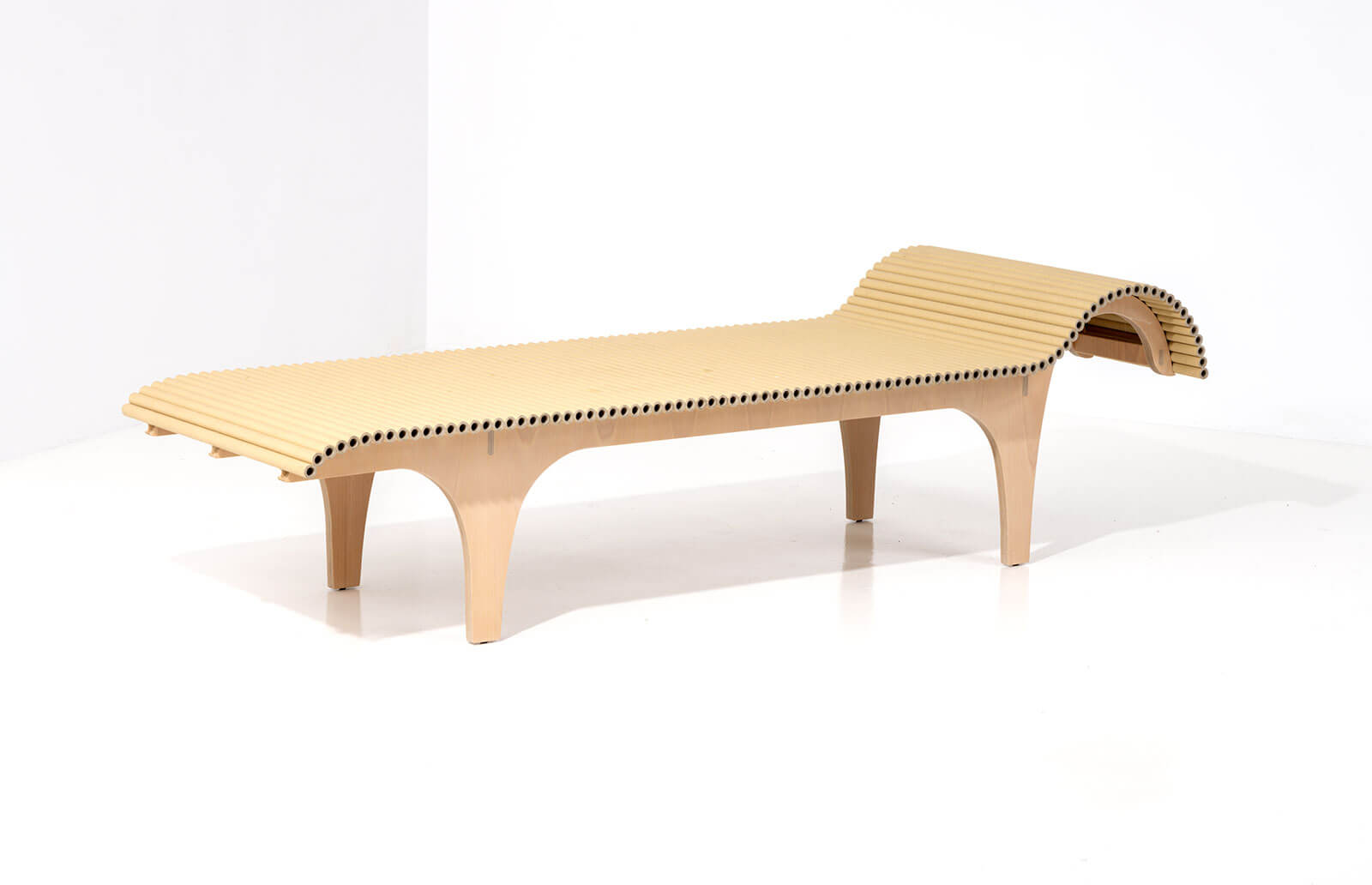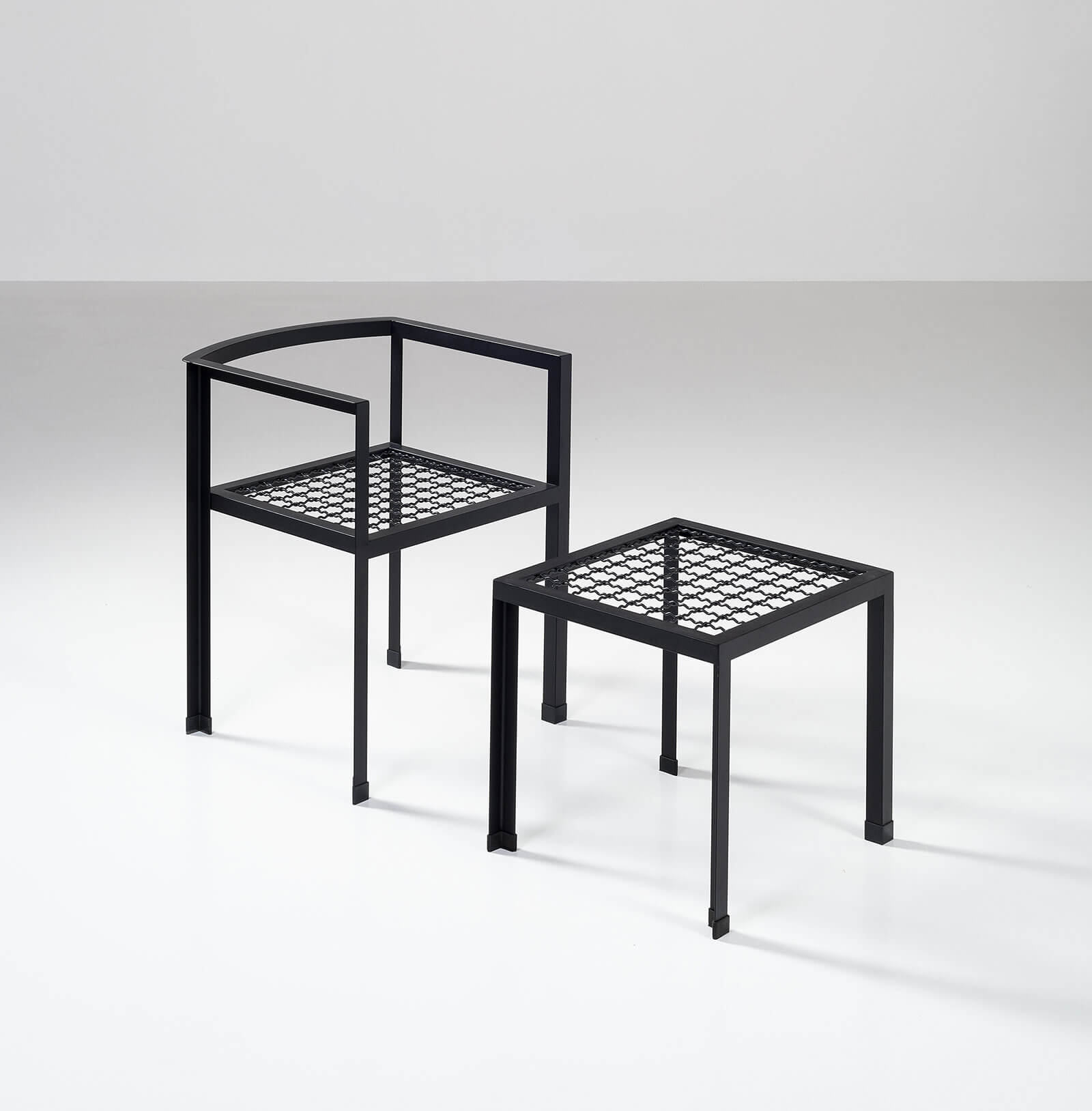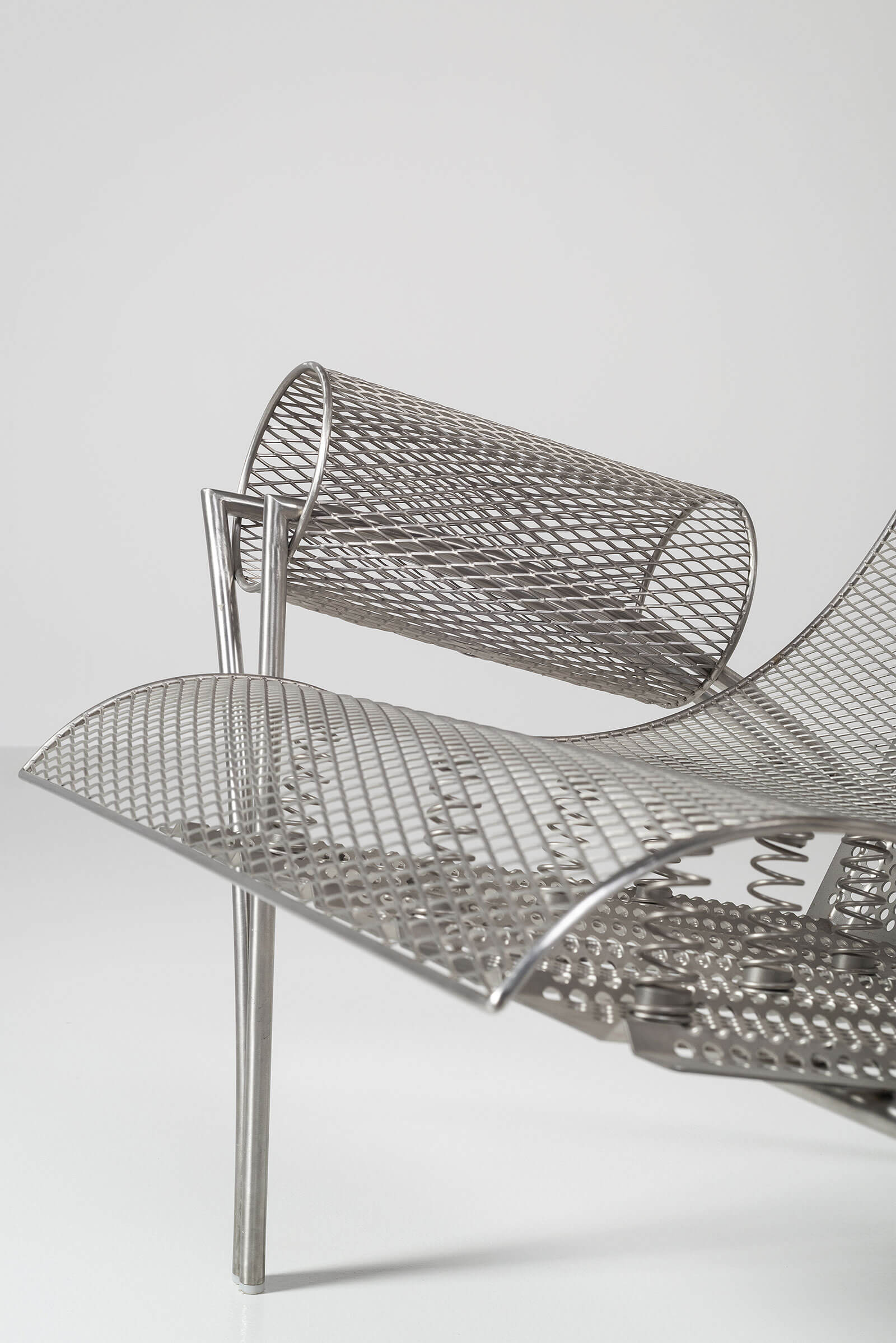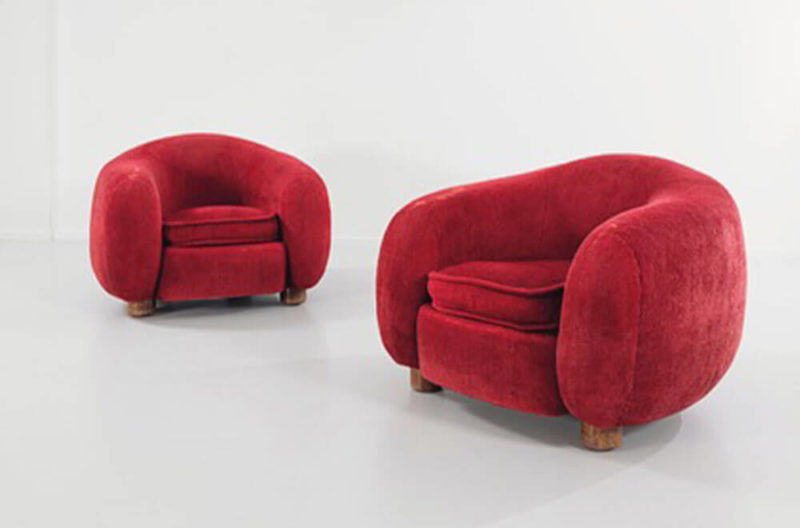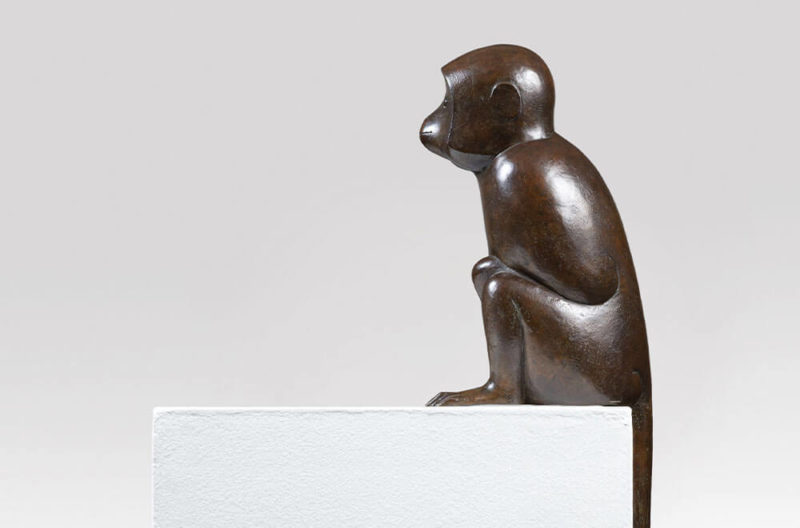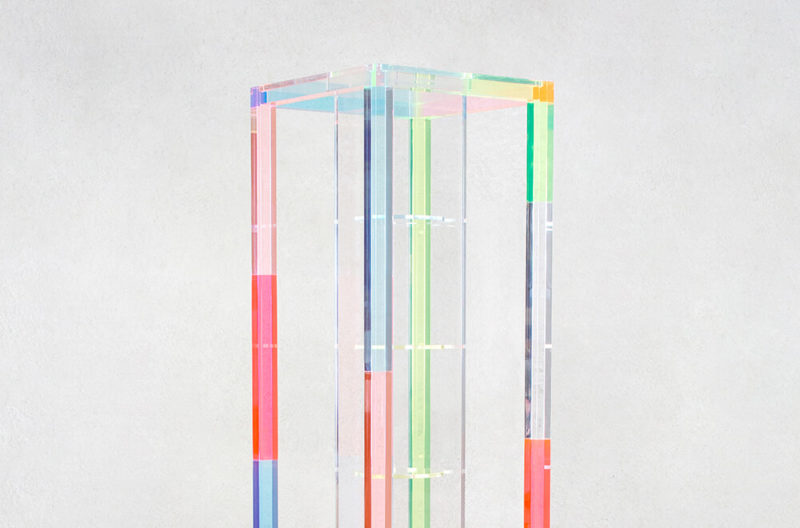SALE PREVIEW / Piasa: Japanese Design
"The first sale in Europe, and perhaps the western world, entirely dedicated to Japanese design.”

Shiro Kuramata, produced by Cappellini ‘Black Edition’, pair of ‘Sofa with arms’ armchairs, 1982 (Lot 221, estimate €3,000-€4,000. Sold for €8,450)
COURTESY: Piasa
JAPANESE DESIGN COMES under the spotlight this week at Piasa, which is holding its first sale dedicated to this category on 1st December 2021. “This is the first sale in Europe, and perhaps the western world, entirely dedicated to Japanese design,” explains Paul Viguier, a specialist in Piasa’s design department.
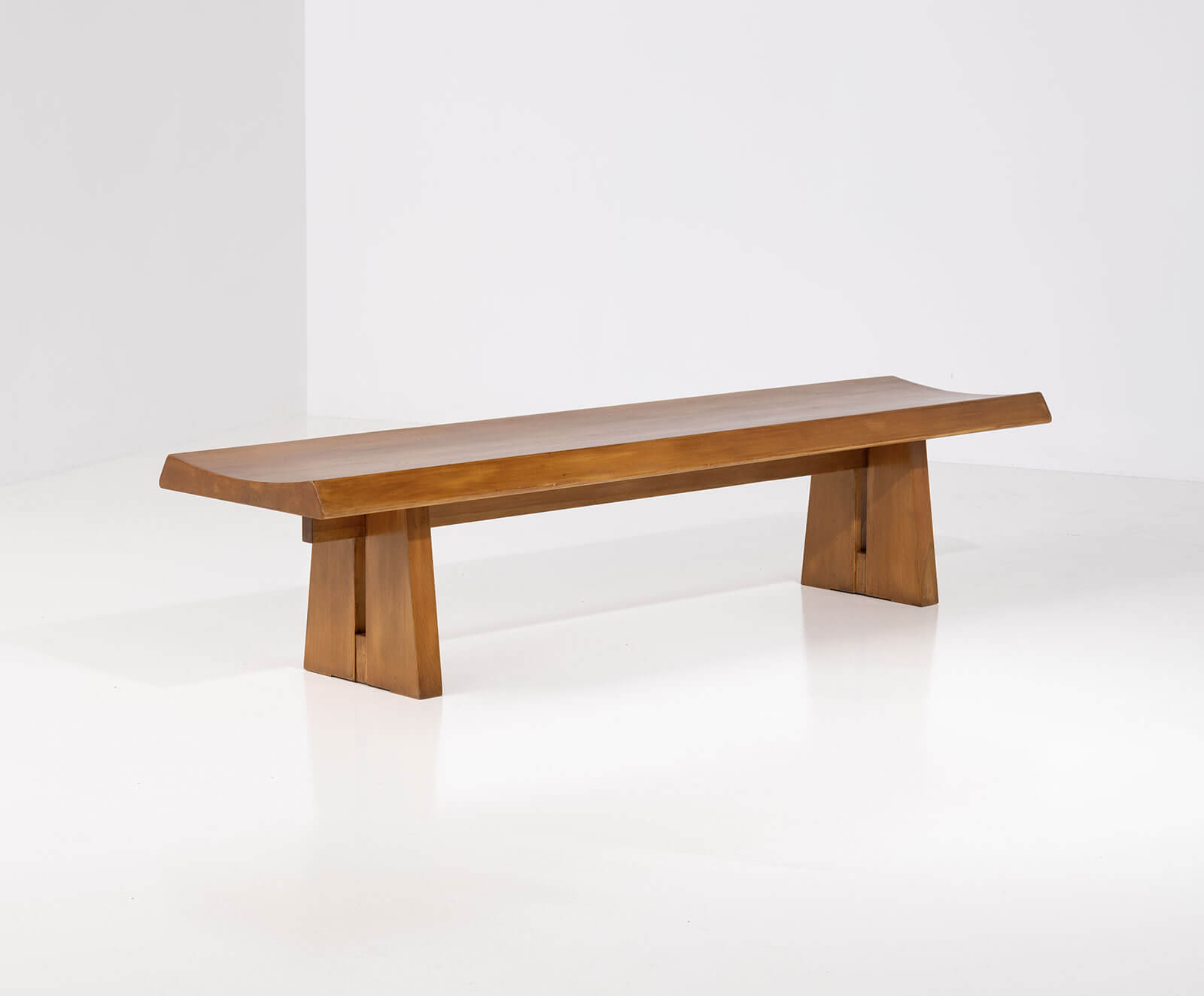
Riki Watanabe, ‘Bench’, 1967 (Lot 158, estimate €10,000-€15,000)
COURTESY: Piasa
Previously, Piasa had integrated Japanese design into its American design sales due to the dual identity of Japanese-American designers Isamu Noguchi and George Nakashima.

Isamu Noguchi, ‘Model BB3-55A’ suspension light, Akari series, 1954 (Lot 155, estimate €7,000-€9,000. Sold for €15,600)
COURTESY: Piasa
The decision to hold a separate sale was taken after the “encouraging results” in Piasa’s January design sale in Brussels, which included 23 lots of Japanese design. It follows on from Piasa’s decision to create a Brazilian design category in 2016.
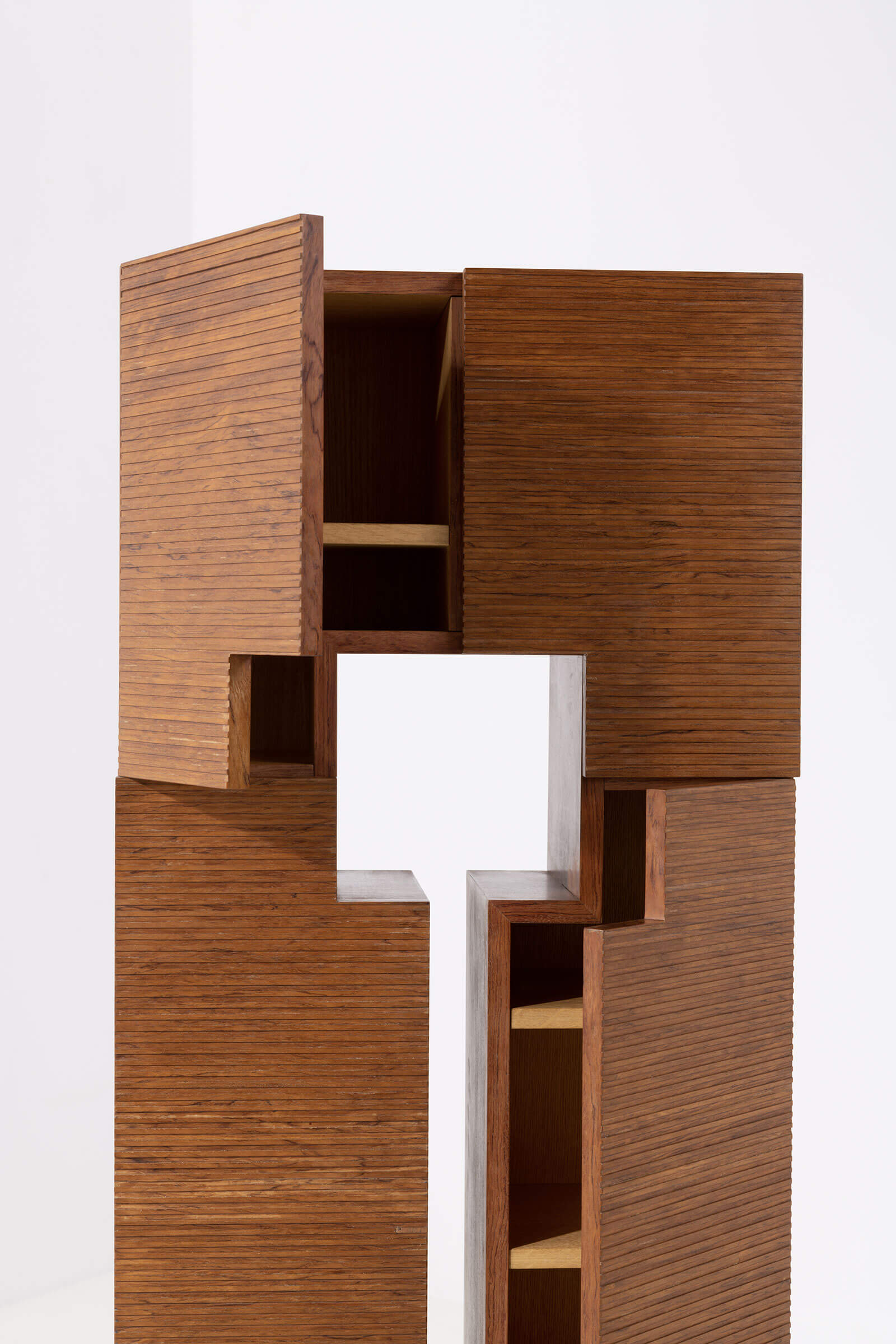
Shigeru Uchida, produced by Pastoe ‘Furniture as Remembrance’ series, ‘Ramona’ cabinet, 1991 (Lot 227, estimate €10,000-€15,000. Sold for €16,900)
COURTESY: Piasa
However, while Noguchi’s washi paper ‘Akari’ lighting from the 1950s features in the Japanese sale, Nakashima’s furniture commissioned for American clients remains in the American design sale on the same day.
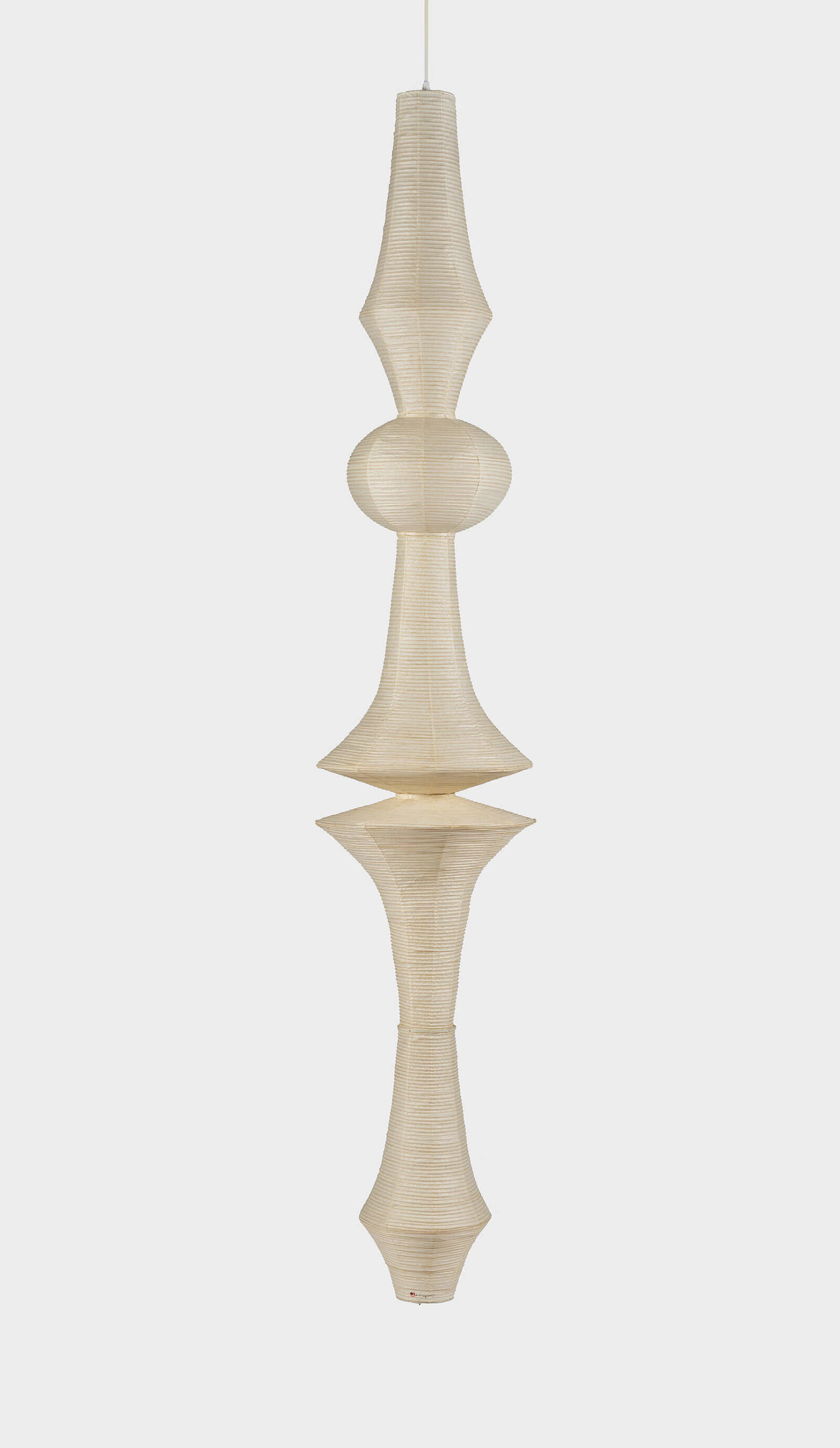
Isamu Noguchi, ‘Model E’ suspension light, Akari series, 1954 (Lot 127, estimate €5,000-7,000. Sold for €13,000)
COURTESY: Piasa
On offer are 123 lots dating from the 1930s onwards. Among the oldest are Ubunji Kidokoro’s sinuously shaped bamboo bench (estimate €30,000-€40,000) and pair of armchairs (estimate €8,000-€12,000 each, sold for €10,400) from 1937. Pieces by Kidokoro (1910-1945), who died prematurely in his mid-thirties, are rare and increasingly sought after.
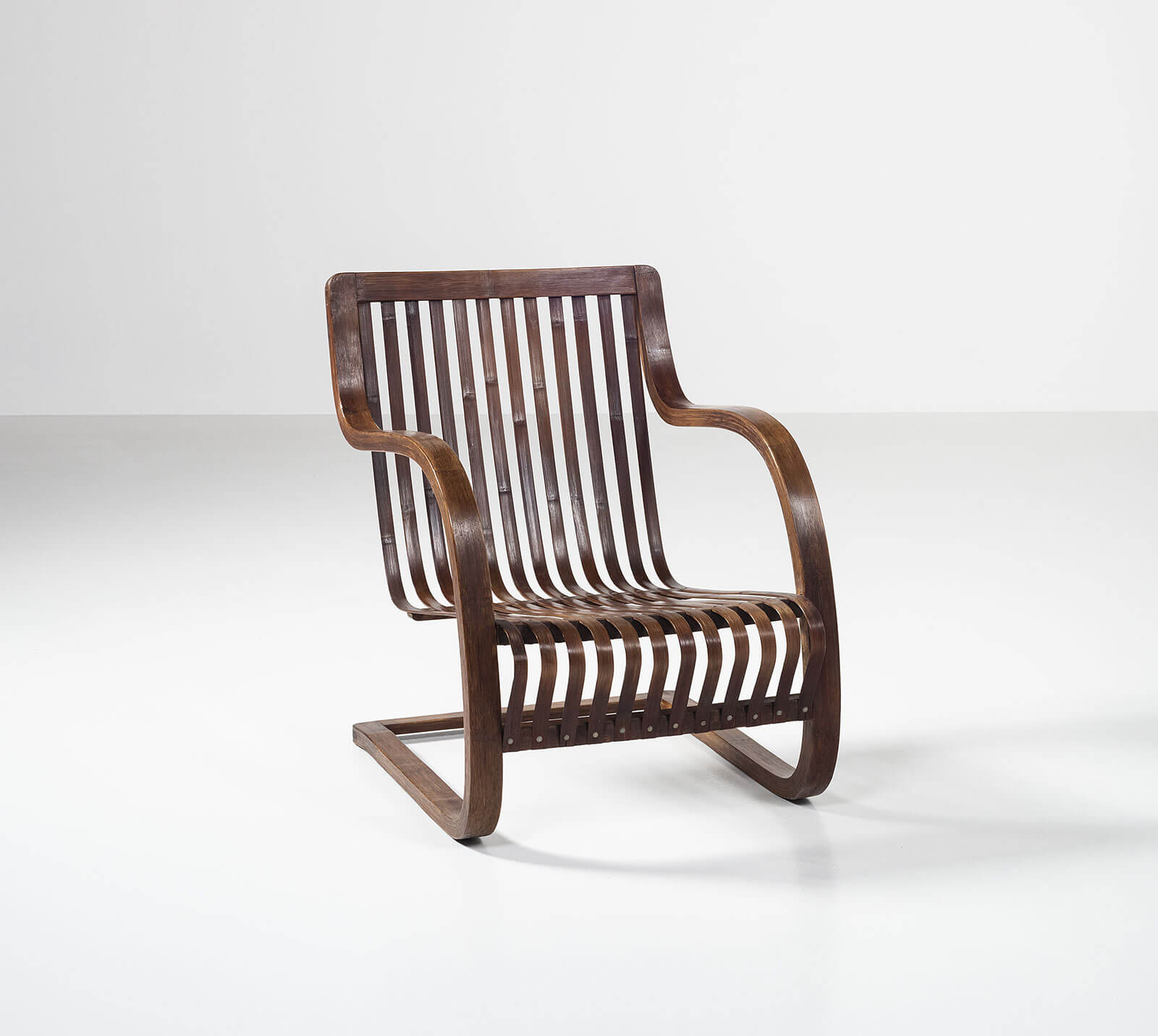
Ubunji Kidokoro, ‘Armchair’, 1937 (Lot 144, estimate €8,000-€12,000. Sold for €10,400)
COURTESY: Piasa
“These are the first pieces that are emblematic of Japanese design, rather than decorative arts, and the armchairs greatly inspired Charlotte Perriand when she visited Japan in 1940,” informs Viguier. Indeed, the armchairs are believed to have inspired Perriand’s ‘Tokyo Chaise Longue’ (1940), which ensued from her sojourn in Japan.
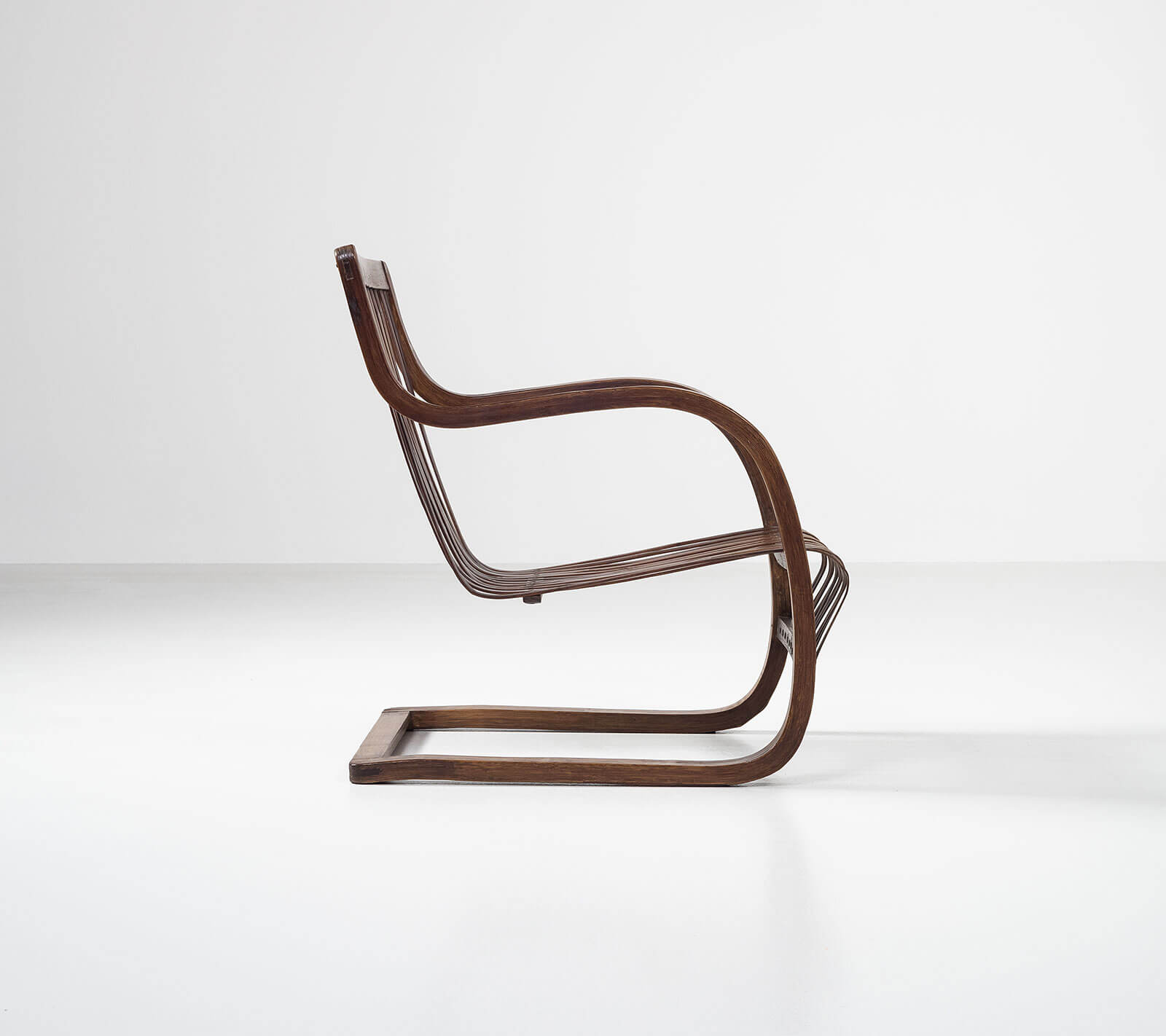
Ubunji Kidokoro, ‘Armchair’, 1937 (Lot 144, estimate €8,000-€12,000. Sold for €10,400)
COURTESY: Piasa
Japan’s post-war need to furnish newly constructed, smaller spaces with less imposing, more functional furniture led to a minimalist approach. “Before the Second World War, great attention was paid to adornments and opulence; after the war, designers everywhere were impregnated with ideas about the Bauhaus, a more rational approach and, at the same time, each country maintained local specificities, traditions and materials,” Viguier explains.
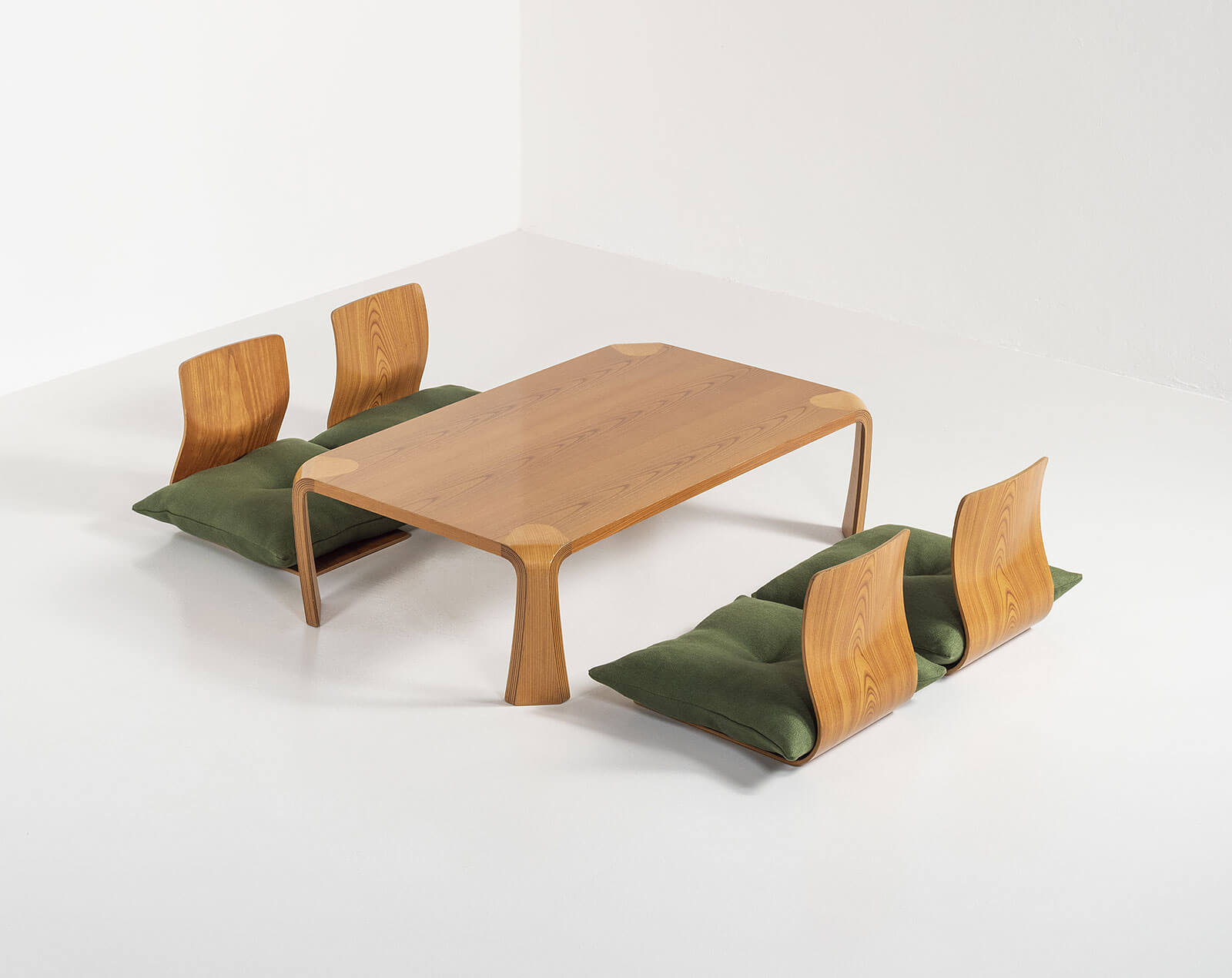
Kenji Fujimori and Tomomi Fukuda, set of four ‘Zaisu’ chairs, 1961 (Lot 165, estimate €3,000-€4,000. Sold for €7,150)
COURTESY: Piasa
Japanese design would become a synthesis between international, Bauhaus-influenced concerns and Japanese particularities, such as using bamboo and living closer to the ground on tatami mats. For instance, Kenji Fujimori and Tomomi Fukuda’s suite of four legless ‘Zaisu’ chairs and table (1961), (estimate €3,000-€4,000, sold for €7,150), and Daisaku Choh and Junzo Sakakura’s low, rounded ‘Teiza’ chair (1960), (estimate €4,000-€6,000), could be easily slid onto tatami mats.
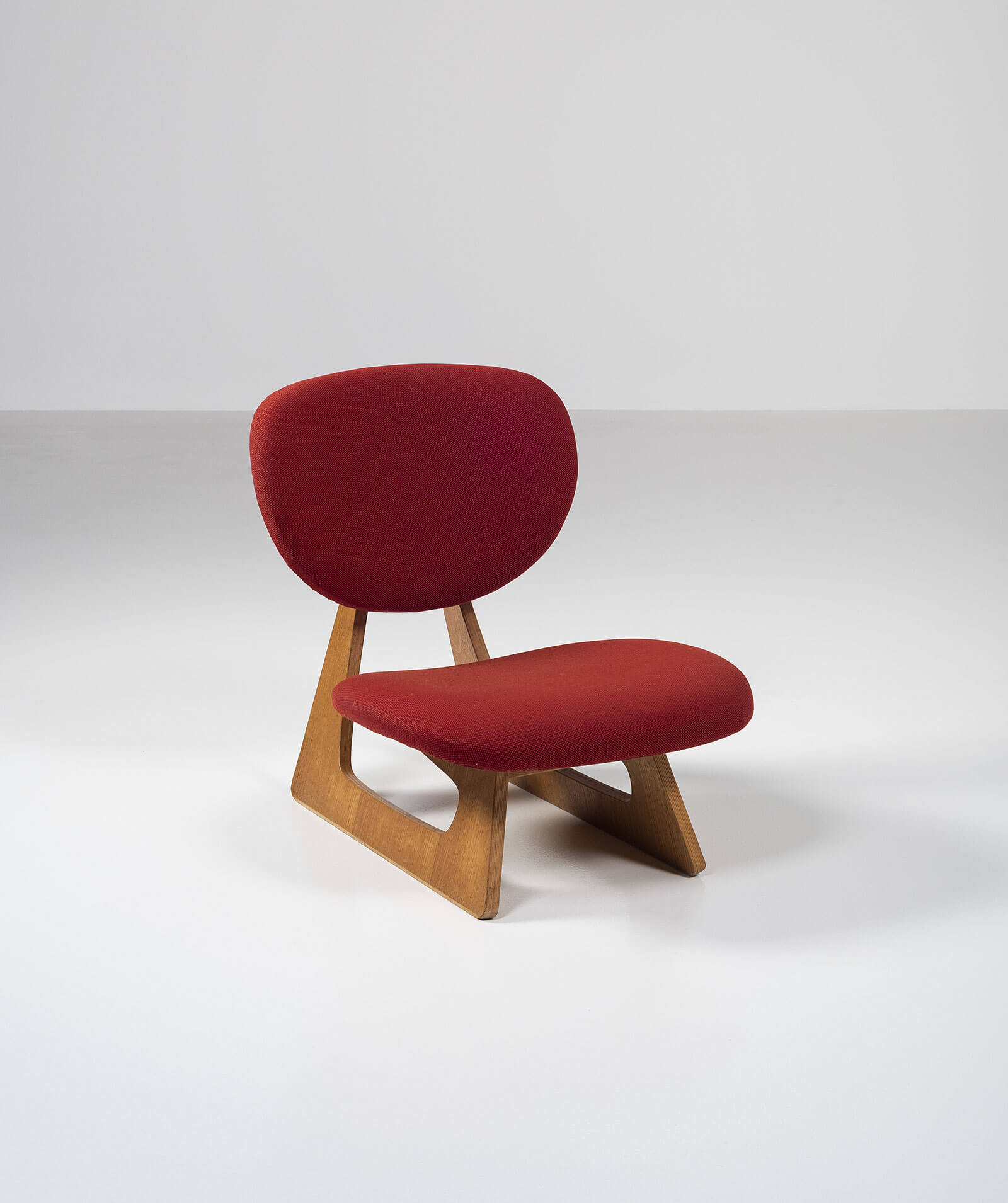
Daisaku Choh and Junzo Sakakura, ‘Teiza’ lounge chair, 1960 (Lot 179, estimate €4,000-€6,000)
COURTESY: Piasa
The sale has been conceived like a path through Japanese design. What pervades through the decades is refined elegance. Count in Kenzo Tange’s pair of birchwood chairs (1957) with rounded backrests, (estimate €10,000-€15,000, sold for €20,800); Isamu Kenmochi’s rosewood low table (1965) with inwardly curving legs, (estimate €8,000-€12,000); Kisho Kurokawa’s red, throne-like ‘Edo’ chair (1982), (estimate €20,000-€30,000), and Tadao Arimoto’s ‘Two Stone’ bench (1990), (estimate €6,000-€9,000, sold for €24,700).

Tadao Arimoto, ‘Two Stone’ bench, circa 1990s (Lot 126, estimate €6,000-€9,000. Sold for €24,700)
COURTESY: Piasa
“Until the 1960s, Japanese design was still artisanal, then in the 1970s it became more industrial in how materials were cut and lacquered,” Viguier says.
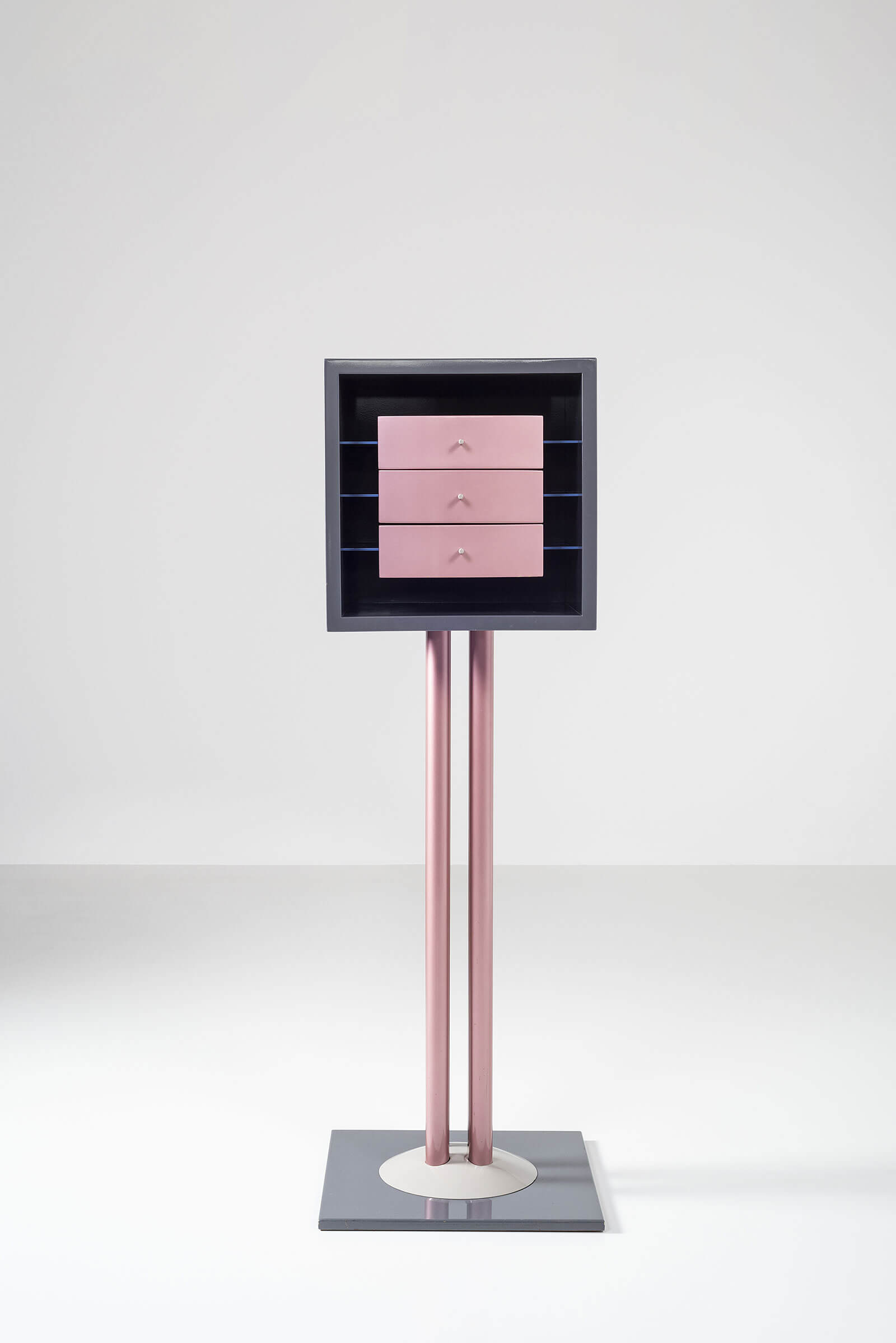
Shiro Kuramata, produced by Memphis Milano, ‘Nikko’ cabinet, 1982 (Lot 212, estimate €8,000-€12,000. Sold for €11,050)
COURTESY: Piasa
“Japan’s post-war need to furnish newly constructed, smaller spaces “
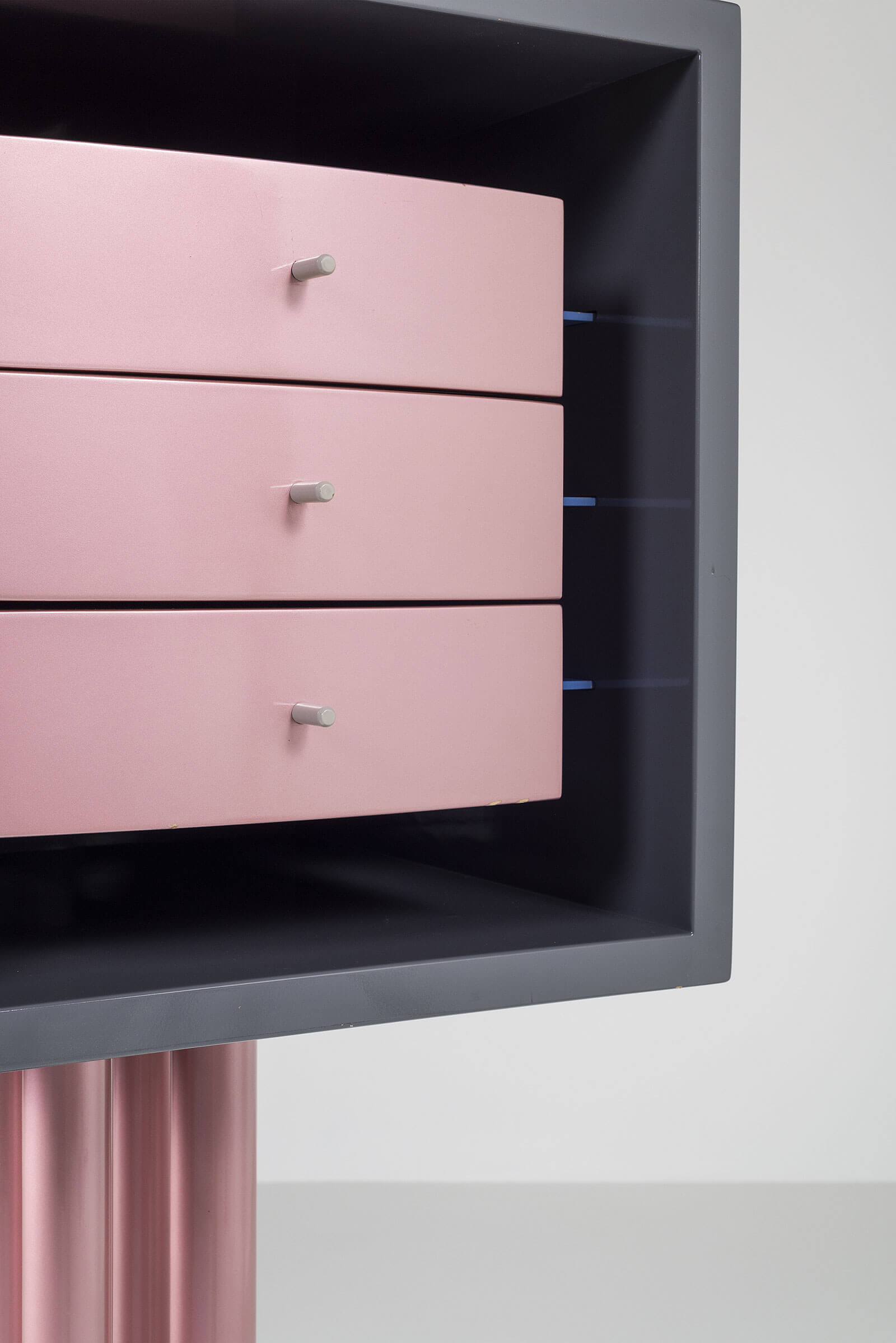
Shiro Kuramata, produced by Memphis Milano, ‘Nikko’ cabinet, 1982 (detail) (Lot 212, estimate €8,000-€12,000. Sold for €11,050)
COURTESY: Piasa
“… led to the development of a minimalist approach”
An example of the shift towards postmodernism is Shiro Kuramata’s ‘Nikko’ cabinet, 1982 (estimate €8,000-€12,000, sold for €11,050), which Kuramata made when he was briefly associated with Milan’s Memphis movement. Framed in grey and black squares, the pink cabinet stands elegantly on two flamingo-like legs. Meanwhile, Kuramata’s pair of ‘Ephemera’ single-flower vases (1989) – tall, leaning aluminium tubes (estimate €4,000-€6,000) – are beautiful poetic strokes.
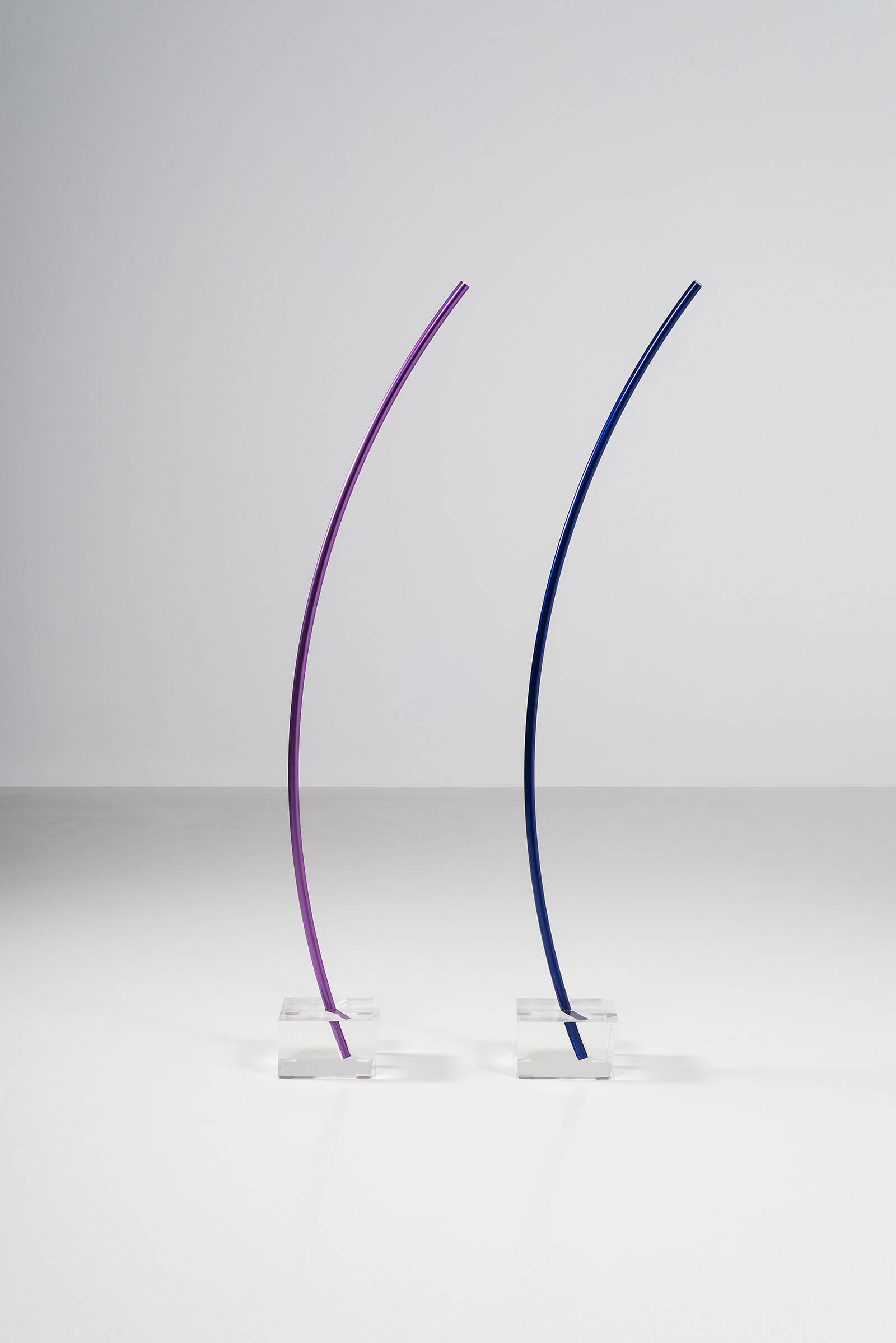
Shiro Kuramata, pair of ‘Ephemera’ stem vases, 1989 (Lot 215, estimate €4,000-€6,000)
COURTESY: Piasa
Further highlights are Shigeru Uchida’s graphic ‘Okazaki’ oak chair, (estimate €8,000-€12,000), and ‘Furniture as Remembrance’ oak-and-walnut bookshelves, (estimate €10,00-€15,000, sold for €16,900), both from 1991, and ‘Shelves III’ bookcase in primary colours (2014), (estimate €8,000-€12,000, sold for €16,900), believed to be the last piece that this influential co-founder of Studio 80, created.
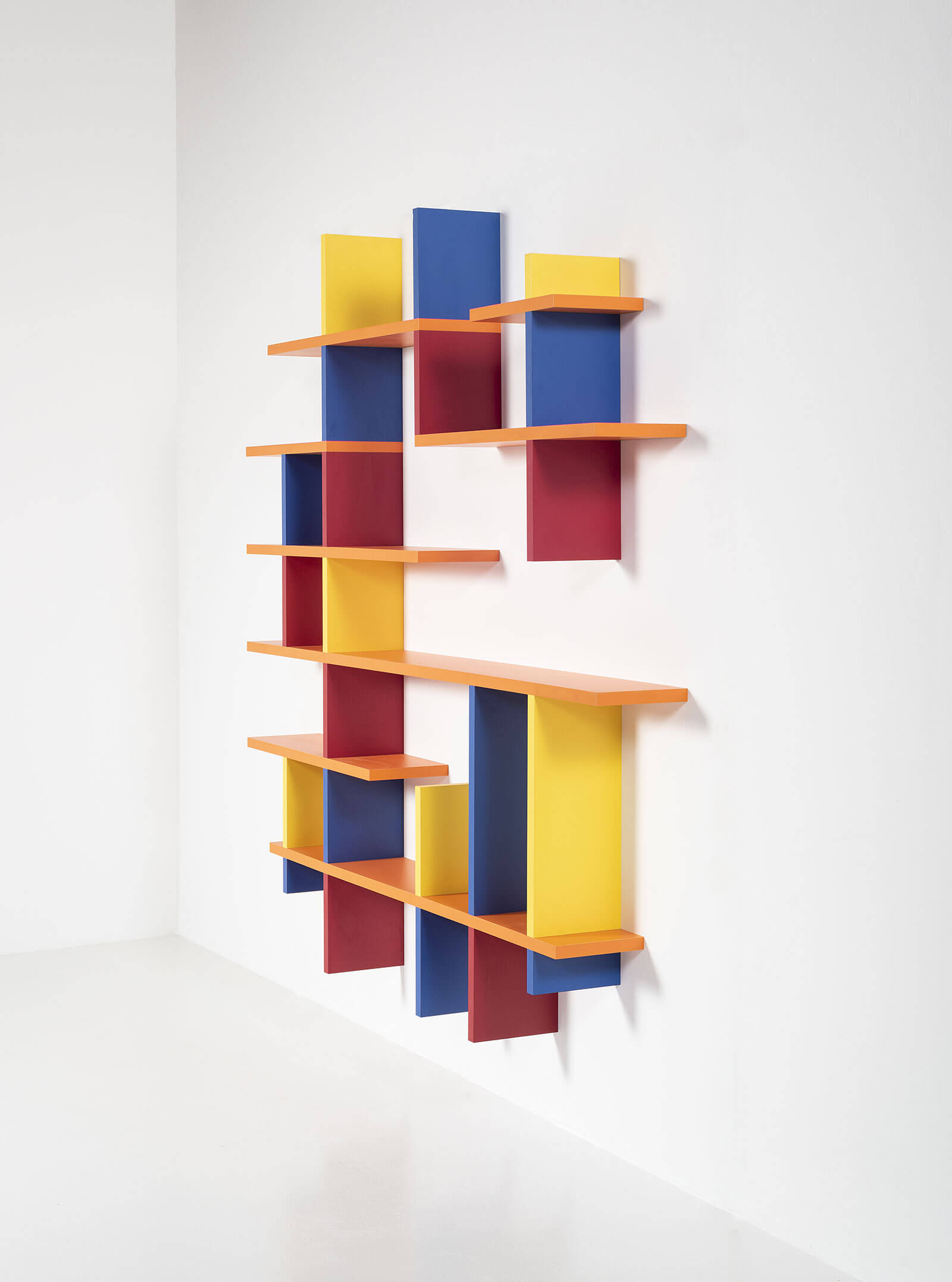
Shigeru Uchida, ‘Shelves III’ bookcase, 2014 (Lot 235, estimate €8,000-€12,000. Sold for €16,900)
COURTESY: Piasa
The diversity stretches from pieces by the architects Toyo Ito, Shigeru Ban and fashion designer Rei Kawakubo/Comme des Garçons up to Otani Workshop’s small, humorous sculptures and Junpei Omori’s ceramics made in the last few years.
-
Shigeru Ban, produced by Cappellini, ‘Carta’ chaise longue, 1998 (Lot 248, estimate €3,000-€4,000)
COURTESY: Piasa
-
Rei Kawakubo, produced by Comme des Garçons,
‘Chair No.1’ armchair and side table, 1983 (Lot 208, estimate €6,000-€9,000, sold for €16,900 )
COURTESY: Piasa
-
Toyo Ito, produced by Driade, ‘Suki’ armchair, 1987 (Lot 238, estimate €2,500-€3,500, sold for €5,850)
COURTESY: Piasa
So who primarily is collecting Japanese design? According to Viguier, collectors are “cultivated, knowledgeable and from all over”, although mostly from Europe and the US. “Everybody knows Charlotte Perriand and Charles and Ray Eames but not Isamu Kenmochi,” Viguier says, referring to how Japanese designers are lesser-known than their European and American counterparts.
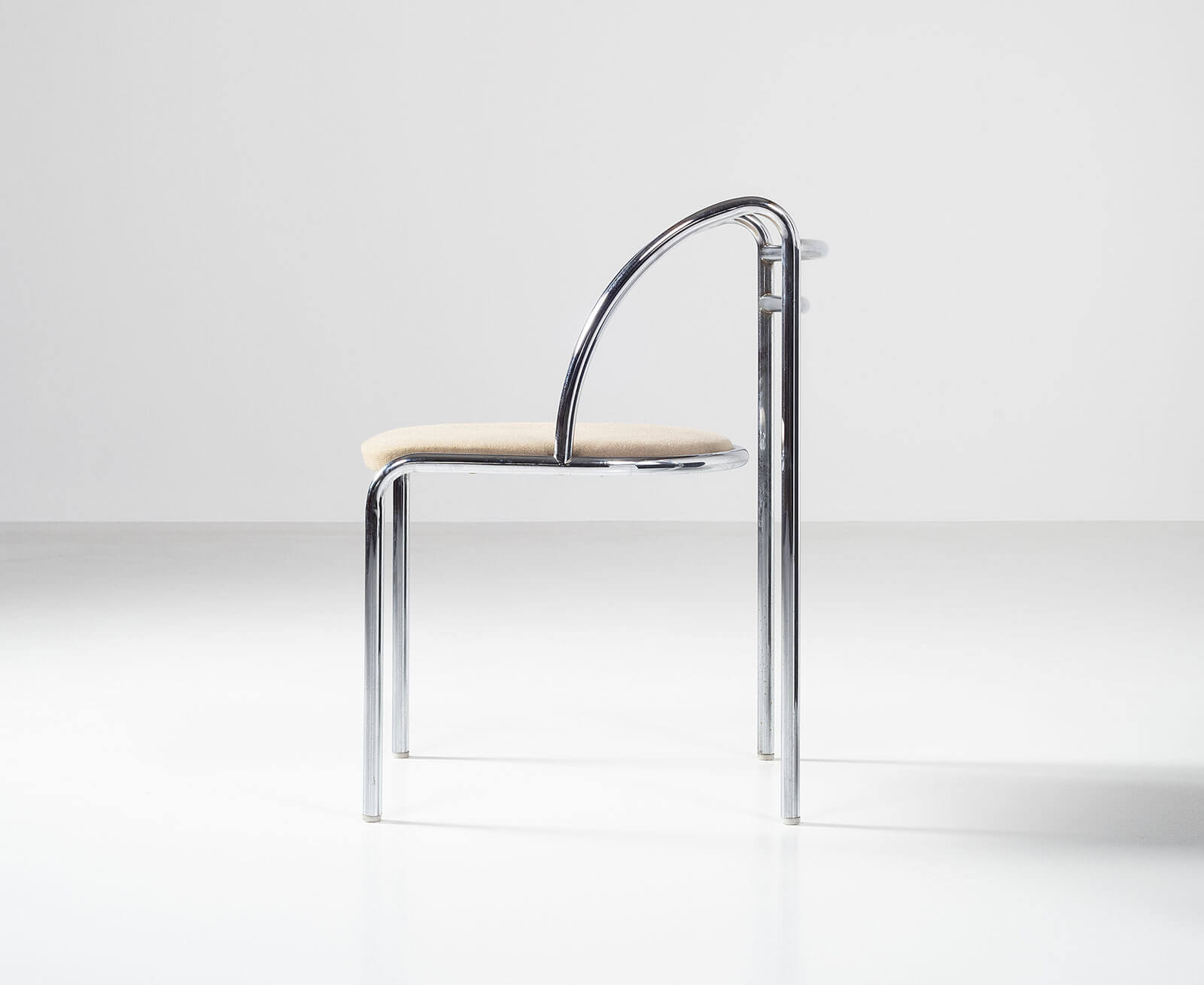
Shiro Kuramata, ‘Chair A’, 1989. (Lot 216, estimate €10,000-€15,000. Sold for €13,000)
COURTESY: Piasa
But that might slowly change. “Having thematic sales is a way of proposing new pieces to our clients so they can discover a different vision of design,” Viguier says.

Reiko Tanabe, ‘Murai’ stool, 1961 (Lot 154, estimate €3,000-€4,000. Sold for €11,050)
COURTESY: Piasa

